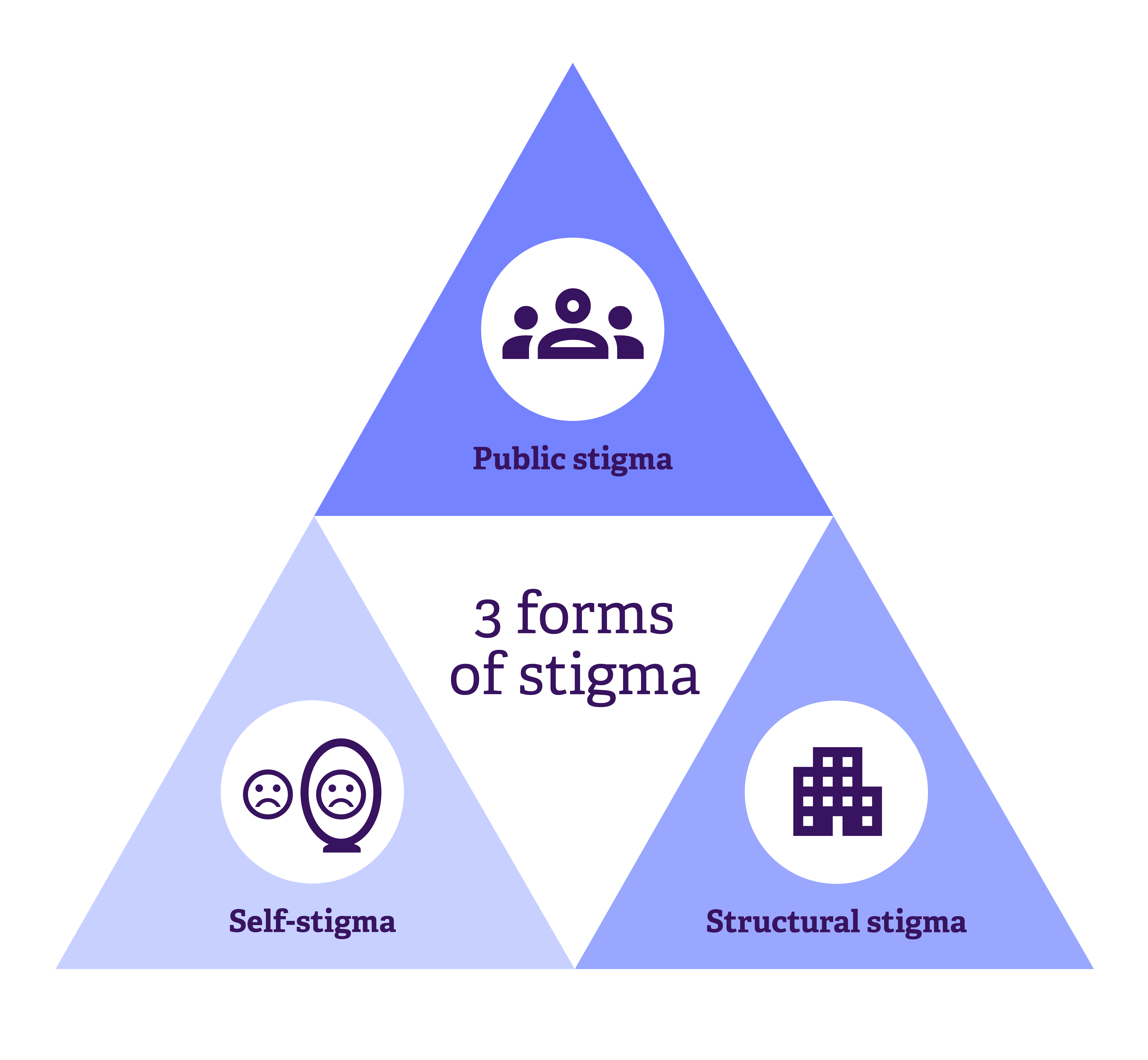Organizations use technology and storytelling to break barriers to care
Phil Yoo recounts the moment he was recommended for inpatient care for depression in an online video for the Substance Abuse and Mental Health Service Administration (SAMHSA). “It’s tough to know where you end and the illness begins,” he says, his eyebrow raising slightly. “What is an attribute of you, and what is an attribute of bipolar disorder?”
He describes the challenges of treatment, juggling doctor appointments, and the side effects of medication. “It’s definitely possible to have a normal life with bipolar disorder; you just have to stick with your treatment plan and go forth.” The smile that takes over Phil’s face at the end of his story offers hope for those who hear it.
Phil is not alone in his struggle. According to the National Institute of Mental Health, in any given year, 1 in 5 people experience a mental health disorder. But negative beliefs about mental illness drive stigma, which prevents people from seeking help.

Nonprofits and mental wellness organizations like SAMHSA are working to end the stigma through education, awareness, and, increasingly, storytelling. Technology is aiding in the fight.
Platforms for connection
Mental health stigma can exacerbate isolation and lead to patients delaying treatment. This can create dangerous consequences. Similar to any injury or disease — the earlier a patient gets treatment for mental illness, the better the outcome.
“There are a lot of early intervention programs that are very promising, demonstrating that the sooner an individual can be seen, the greater the possibility for a fuller, more meaningful recovery,” says Lyn Tomlinson, a board member at the Northern Virginia Mental Health Foundation (NVMHF).
The pandemic opened access to online resources that reduce seclusion. Years ago, you’d be hard-pressed to find user-made videos, robust online communities, webinars, and social media campaigns targeting mental health awareness. That’s changed in the last four years.
The technology that made it possible to maintain social distance during COVID-19 also enabled social connection digitally, a promising development for those using it to combat mental health stigma and secure help. Barriers like transportation, childcare, and a desire to remain anonymous are all removed by online platforms.
Digital platforms have also expanded the reach of organizations, especially those with limited staff support. The Anxiety and Depression Association of America (ADAA) is comprised of five people, but the organization’s digital platforms allow them to connect with millions around the world, raising more to create impact.
Nonprofits around the U.S. are enacting similar online efforts in targeted fundraising. This may lead to mental health causes seeing a bigger share of the giving GDP, which has been stuck at 2.5% for over 50 years.
For ADAA, an online donation feature on their website transformed giving in 2021. Executive Director Lise Bram recalls a time when nonprofit donations had to be called or mailed in. “You cannot, in this day and age, not have high-end technology for donations,” she says.
The healing power of storytelling
Dr. Patrick Corrigan has been researching mental illness discrimination for over two decades. He’s found that education alone doesn’t work in reducing stigma. “What does work is contact — interacting with people with experience — generally with those in recovery,” he says. “People with lived experience who own it, who are dealing with it by telling their stories of recovery.” Social media, video conferencing, peer-to-peer groups and more have all shown to be useful for this type of connection.
From SAMHSA’s storytelling series on YouTube
“You can sometimes feel like you’re in a silo when experiencing it [mental illness],” says Kimberly Gray, director of strategic partnerships for Maternal Mental Health Now (MMHN) in Los Angeles. “For stigma reduction, we create safe spaces for individuals to talk about their experience.” The organization launched a storytelling initiative called “Courageous Conversations” online and in person for those experiencing perinatal mood disorders.
As with organizations like MMHN, SAMHSA, the Carter Center, and Active Minds, user-submitted stories are an important feature of the ADAA’s outreach efforts. “Breaking the stigma around speaking about mental health is really what it’s all about,” says Lise. She regularly gets emails that say, “I read these stories, and it made me realize I’m not alone.”
Members of the most digitally connected generation, Gen-Z, are demonstrating they’re more open to receiving treatment and talking about their mental health struggles. They see getting help as a sign of strength, not weakness.
Data fuels the story
Personal stories on a micro level can work to heal and connect, but on a larger scale, can provide insight into the trends around mental illness.
The Crisis Text Line is in a unique position in that it’s able to use hard data to give researchers a snapshot of mental health in America. The 24/7 text-based support and crisis intervention line has over 10 years of data, which has been anonymized and analyzed to understand what’s on the minds of people in crisis.
“What we’ve learned from 9 million conversations can have a significant impact on society and the global mental health crisis,” the organization reported.
The data has been instrumental in understanding how current events are impacting people and what young people in crisis need from their communities. That last report was developed after using natural language processing to analyze over 87,000 anonymized conversations.
As technologies evolve that help analyze large data sets, so, too, will our understanding of the mental health landscape. For example, one report from the Crisis Text Line cited examples of coping mechanisms for young people reporting suicidal ideations. Common habits were listening to music and seeking rest, but less available activities like access to arts education or gyms were lower on this list.
This information will give clues to nonprofit organizations on what gaps exist for accessible coping strategies for teens and how to address them.
It’s a promising cycle: more understanding leads to better funding and improved access to care, which results in more stories of people thriving, and more people open to seeking help from, donating to, and volunteering for mental health organizations.
“The thing that we’ve tried to elevate for stigma reduction is to let everyone know there are resources and support for what you’re going through, and others have been through it,” says Kimberly. “You do not need to experience this alone.”
If you or someone you know is struggling with thoughts of suicide or in need of immediate mental health assistance, Call or text 988 or chat 988lifeline.org




